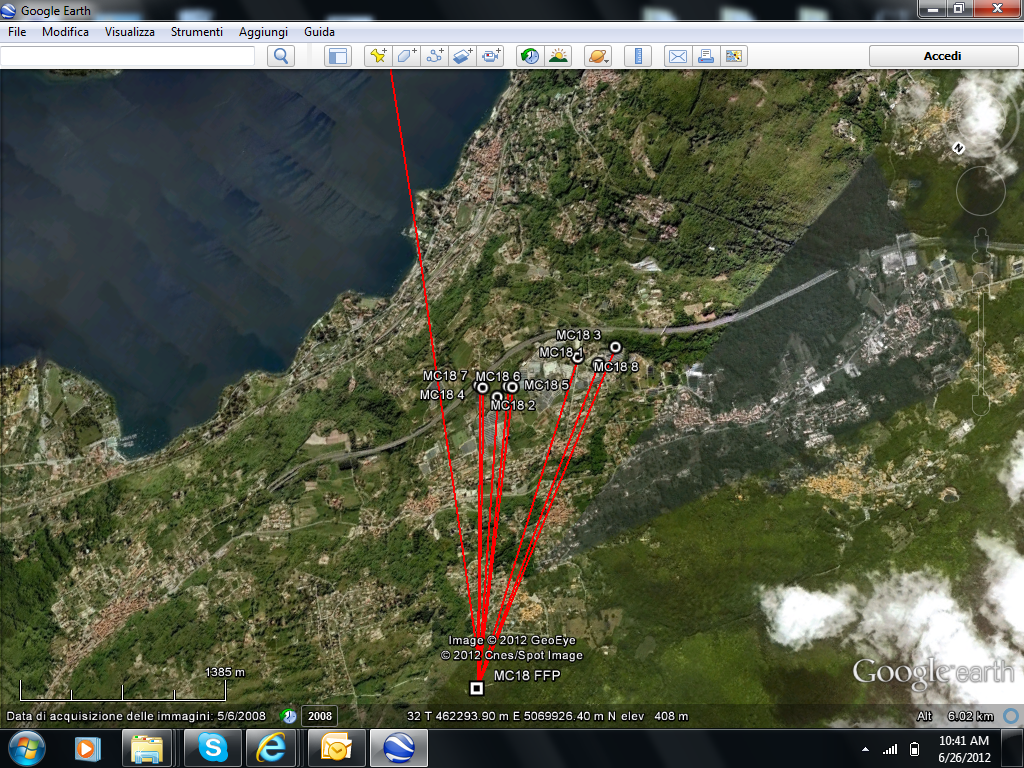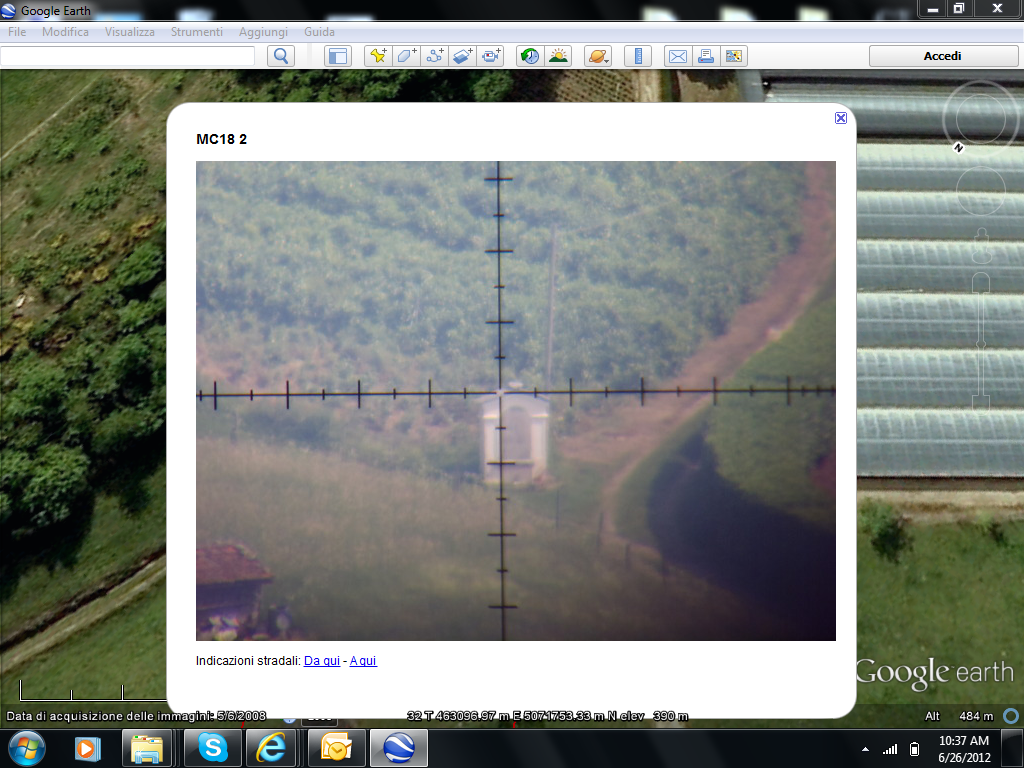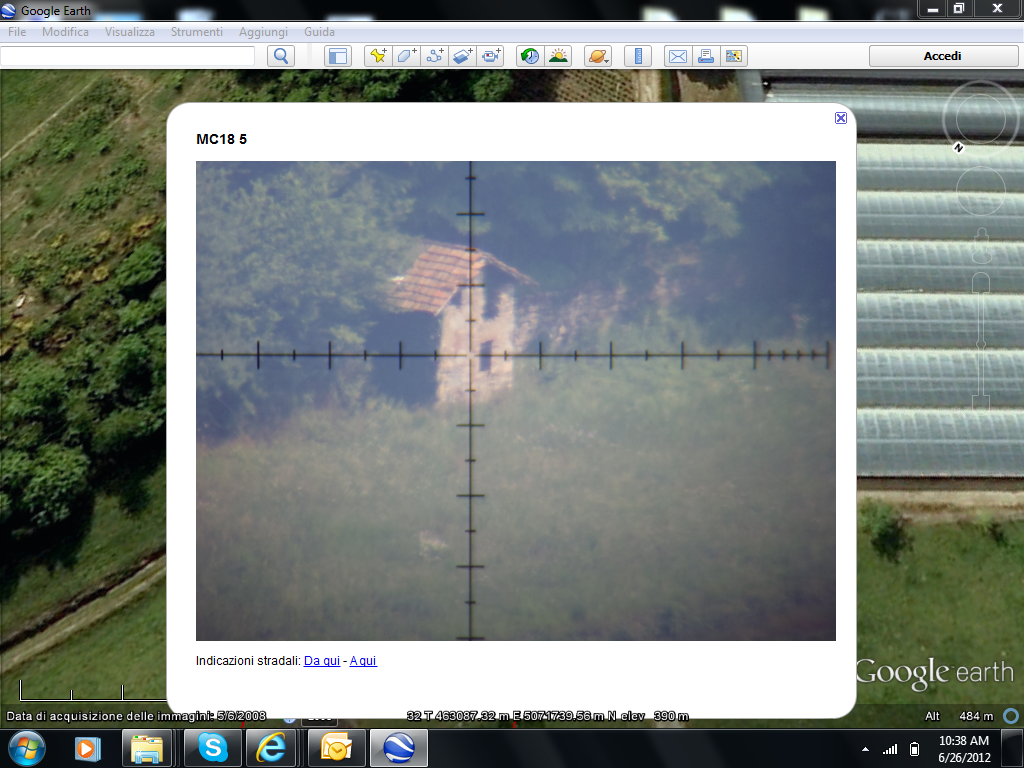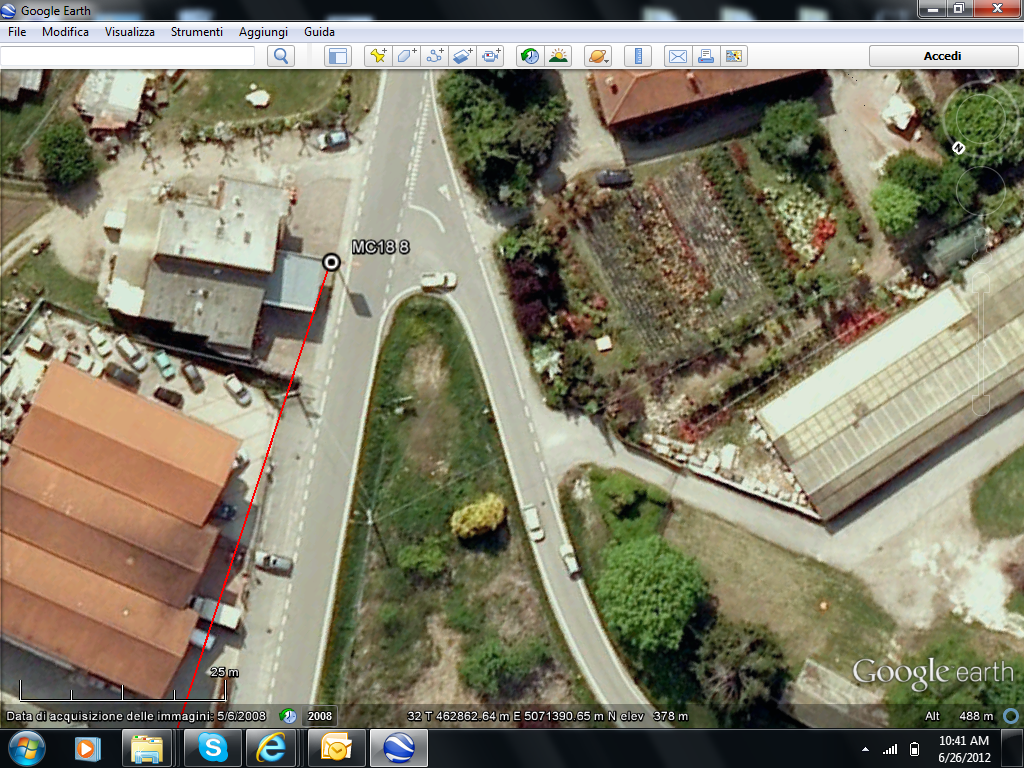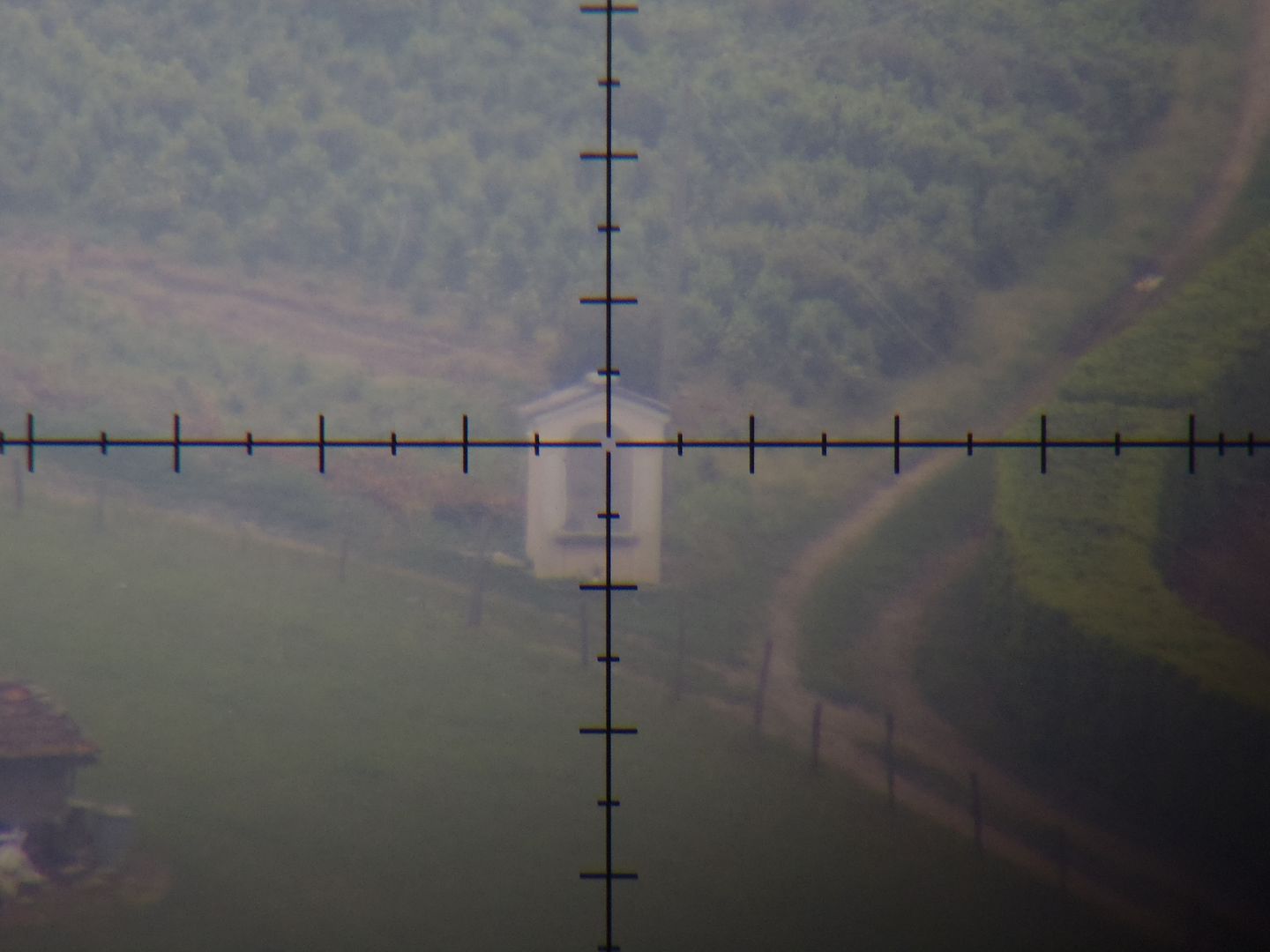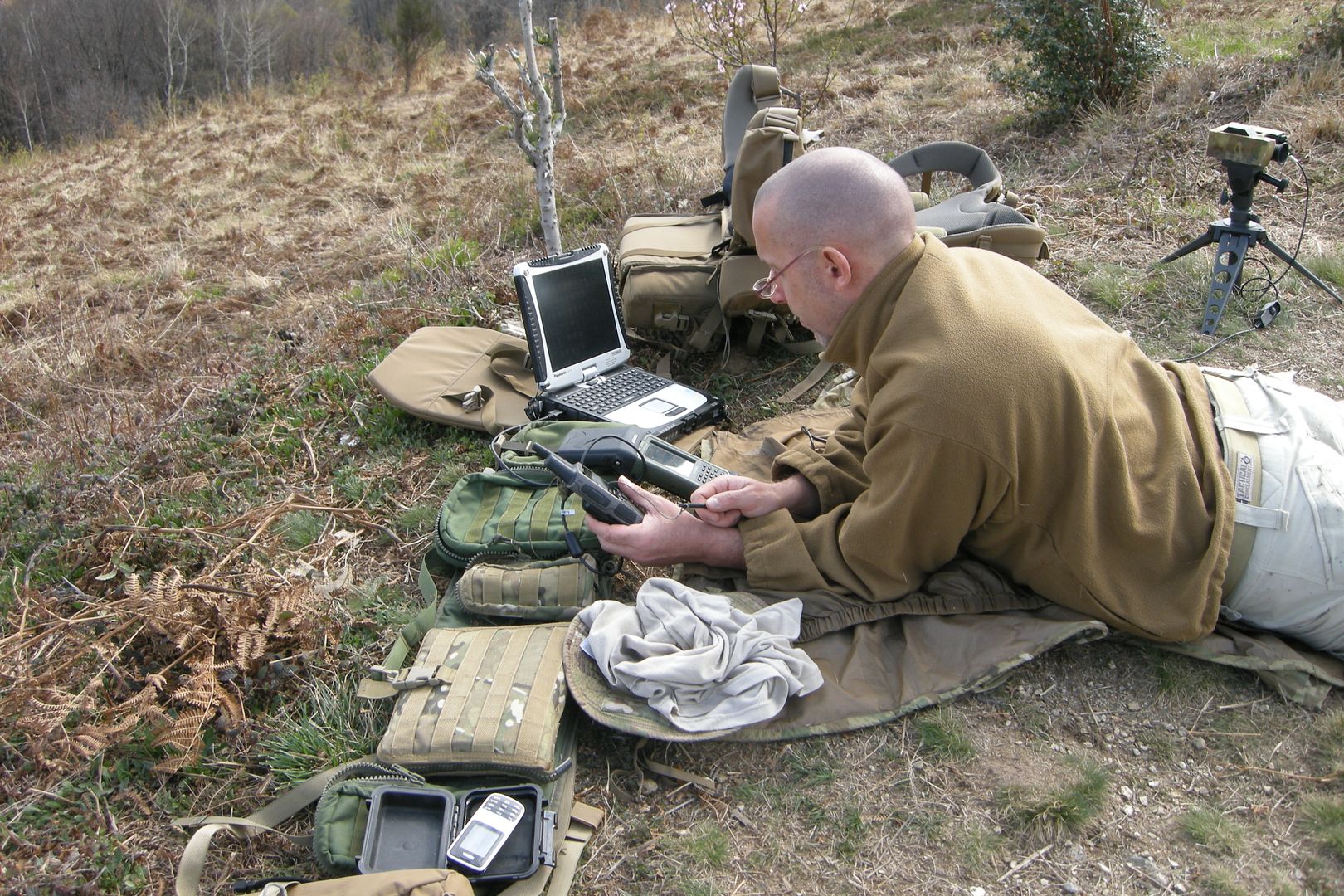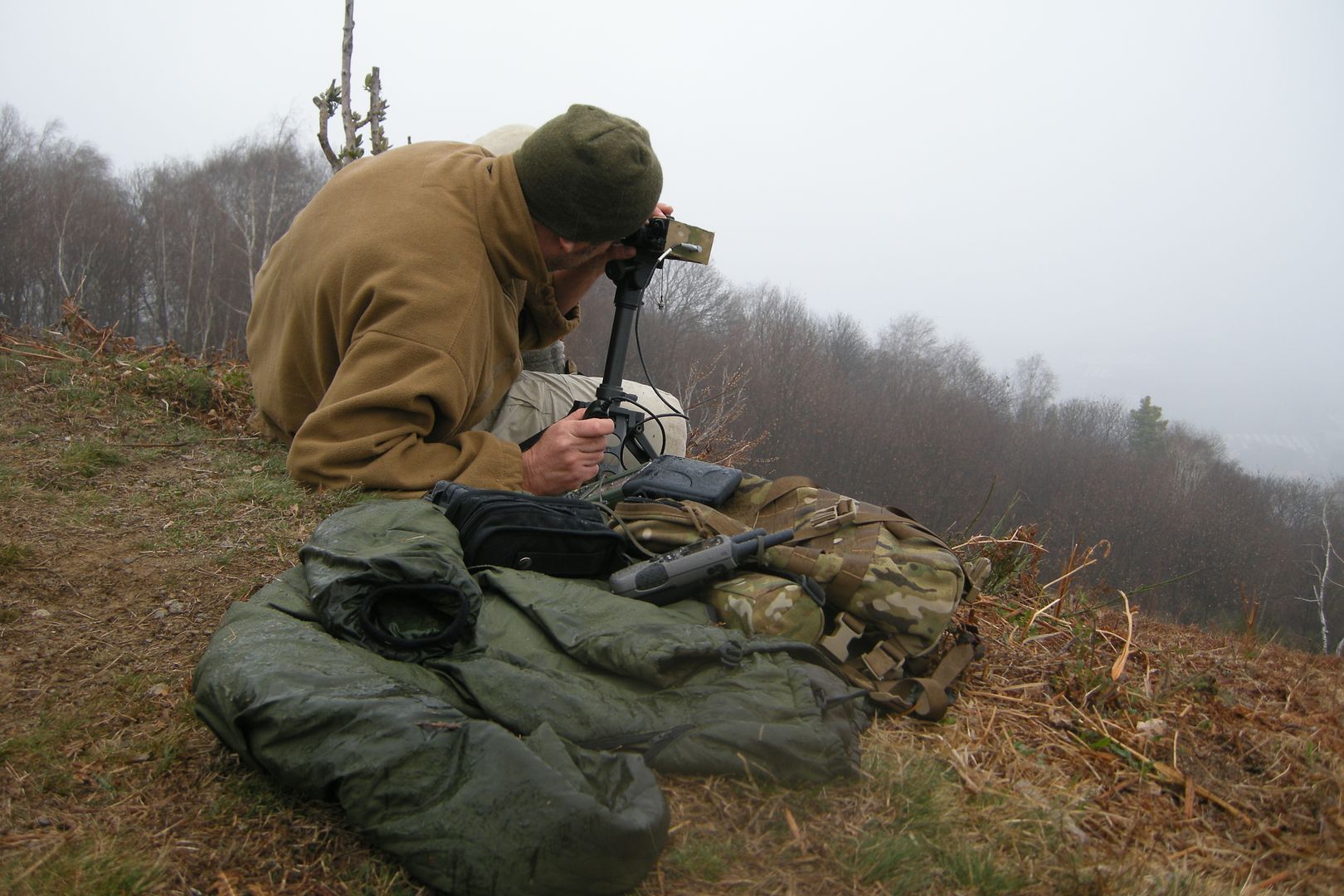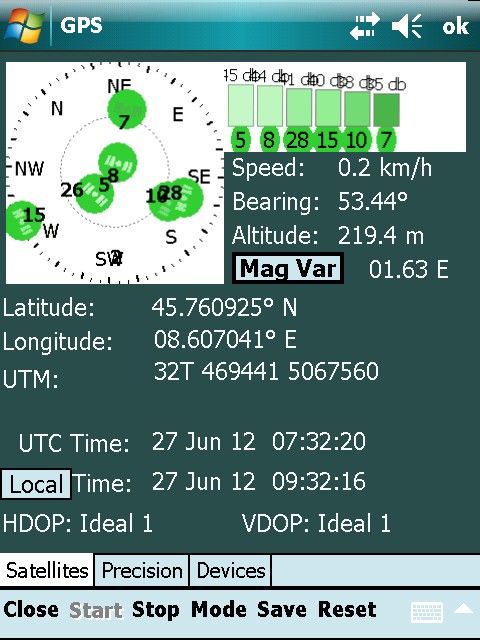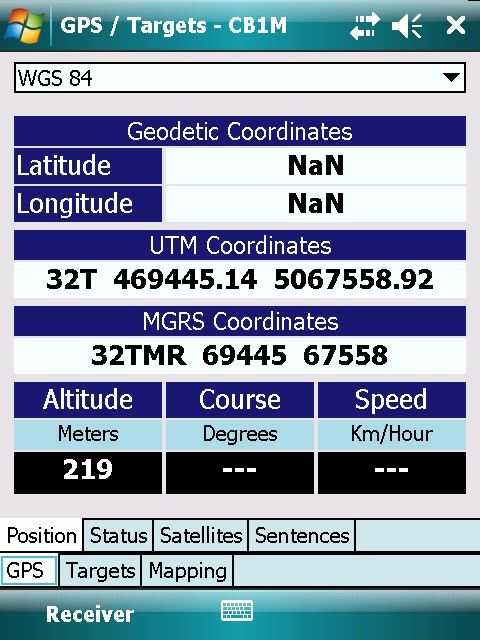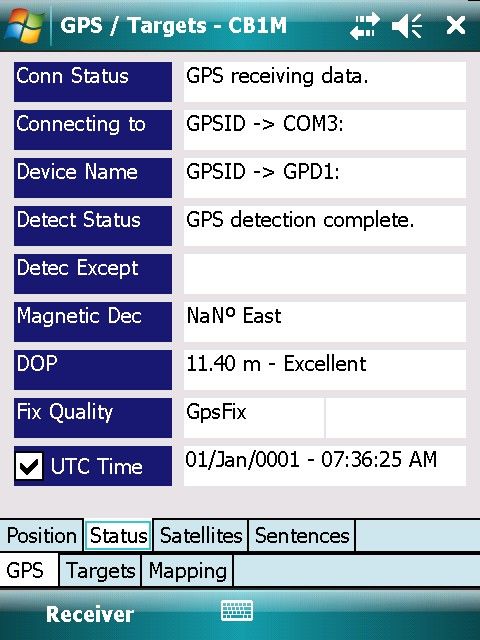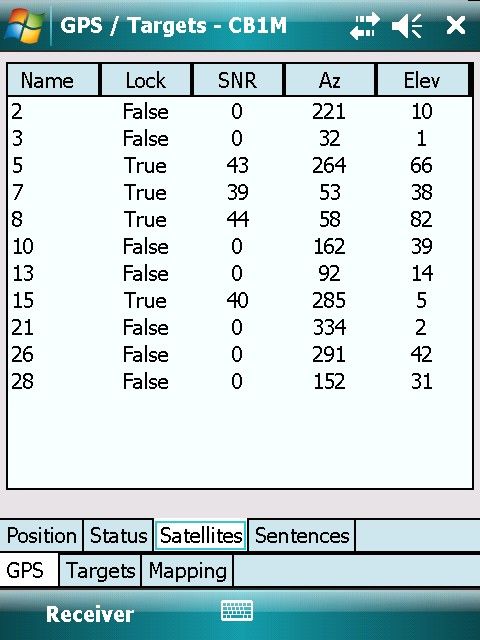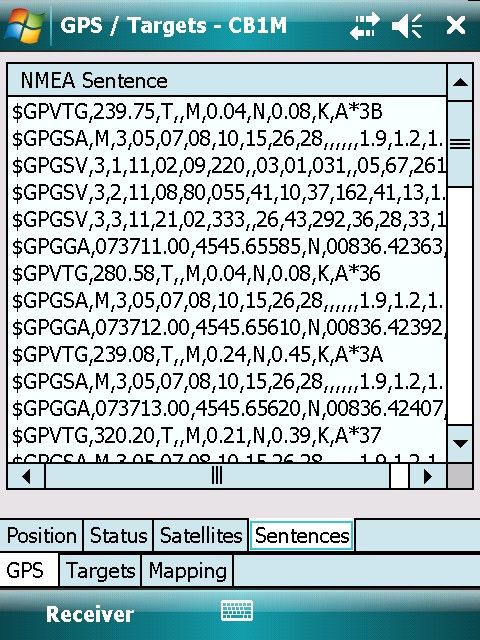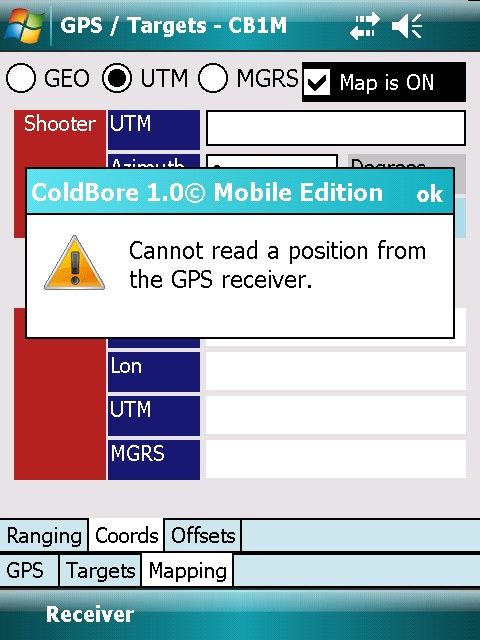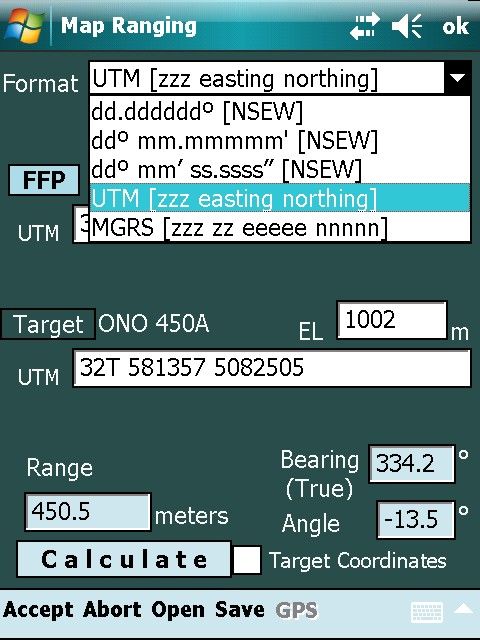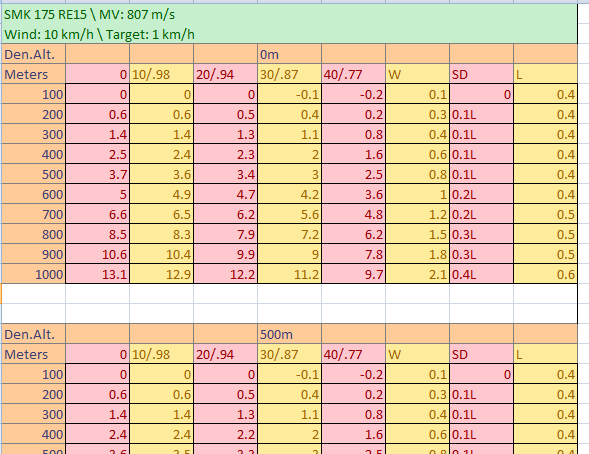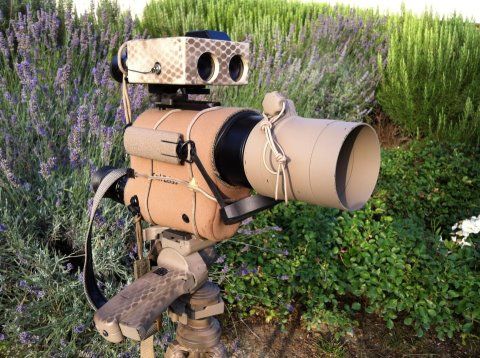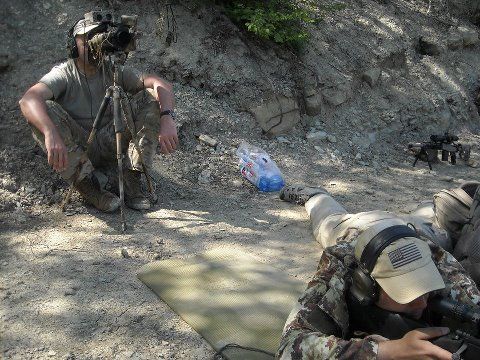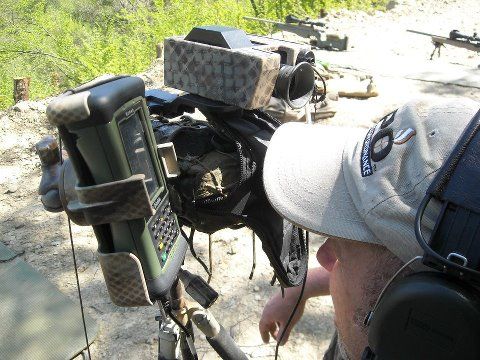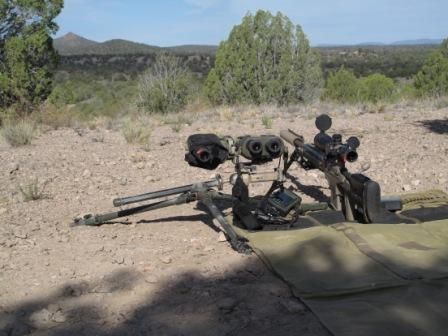Re: Ballistic software, and ballistic scopes
Let me start by saying that I’m not a professional computer scientist, but I did a lot of programming in the past and not long ago, I gave for free right here on this forum and at the LRH forum a program I’e developed based on the equations found in Litz’s book.
So I know what programming is about and what makes for a good usage, I ‘m referring to the concepts of “user interface” and “user interaction”
In FFS the user is ALWAYS leaving the main “page”, the screenshots posted by Davide are a good and fair evidence of what I’m saying…call it whatever you like, “form”, “view”, you name it…the point is the user is not left with any other option than to tap on an arcane “single letter command” and go to another part of the program, then hit “back” to return to the main “page”.
The FFS user must remember what is the meaning of the obscure “single letters commands” like the “R”, “T”, “O” and “B”…in a week or so, I’m sure that I’ll forgot what they are there for…
In CB1, the user is presented with a “tabbed” interface, where every command and tab perfectly labeled. No chance to forget their meaning, and since there is no “Calculate” button, no chance to forget to hit it…and having in view a wrong solution because the user modified some parameter in another “page”
And yes, in FFS the user must navigate and remember in what menu/submenu a function is…just look at the screenshots.
it’s important to do not confuse a “tabbed” interface where all is segmented and clearly indicated (labeled) with an interface full of menus and submenus. They are completely different approaches.
I think we can all agree that “user friendliness” is undoubtedly a subjective concept. To many Apple’s interface is best than what is offered by Microsoft’s Windows…while for other millions they feel exactly the opposite. So, who is right?
Familiarity and constant, repetitive use of a particular system is the key to define what is “user friendly”
In my opinion, FFS has an old interface, akin to the old days of MS-DOS…with cryptic commands and a maze of menu and submenus…I’d like to know why was that hard to correctly label every command and option?...
Clearly it’s not that difficult, being CB1 a good example. In a “tabbed” interface the user NEVER leaves the page…just navigate thru it, back and forth.
“Better for field use” is again, in my consideration, the same as being “user friendly” …it all comes down to who is training who and under what conditions and with enough exposure to a particular system.
We all have to admit, that the then “new” user interface in the iPhone was a game changer…leaving Windows Mobile well behind, and for a lot of good reasons. Only Android and the new Windows Phone platform can compete with it. It was suc a change in “user interaction” that a new world was created just after them.
If I say that many, counting as well, the British Army, Spanish Army, the Legion and other military units are running CB1, then what system is better for “tactical and military use” ? Those are not precisely “civilian” examples of users running the software…and these guys are the real thing.
<span style="color: #CC0000">However and to be fair, some prefer to run FFS in the field, while others prefer to run CB1. To each its own, since down to personal tastes there is not much to say about.</span>
I do agree again with Lowlight…the horsepower in CB1 is fairly amazing.
I almost forgot in my previous post some screenshots of a field chart that always come handy while I’m in the field, the RETICLE HOLD.
Davide,
CANTING is not about having your scope perfectly leveled so there is “no need” to compensate for it…that’s not the main idea for featuring such correction.
It’s a tactical need. I’ve learned that military snipers in the UK, Canada and Spain are taught to shoot from a “sideways” position and still be able to engage a target at long range. Sometimes there is no other way than to fire from an odd, non-leveled position, thus the need for a program to truly deliver a real-world solution under ANY circumstance.
In CB1, Canting comes in two ways, one designed for analysis, the “POI mode” and the “Fire Solution Mode” that yields a compensated Fire Solution.
I was told by PB that both, the CANTING and ZERO STOP features were the direct result of a military requirement.
Another issue I see in FFS is how it computes a range off a MIL reading. Where is the Viewing Angle input? Unless FFS is always assuming that the observer and target are always on the same plane…
CoryT,
I wrote this before. It’s all about FREQUENCY. Do you report coordinates more often than reading atmospheric data? I don’t. Of course, a user can make errors in writing down the Azimuth, Slope and Range…however, since it’s not that usual to do that, the stakes are high for a much more common operation. But I admit that having an LRF input is nice feature. I was told that CB1 will feature it in the future.
Having a Kestrel feature is a nice to have, not that critical as Lowlight and you already pointed out. But if I have a program as expensive as FFS is I’ll like to have at least the best possible solution…which is not current in FFS…and is only offered by CB1. That’s my whole point.
Same concept about NOT having an automatic ellipsoids conversion…when it seems to be “opportune enough”, that feature is not that important and a “copy & paste” arcane operation is the best way…come on please! You must address that in the USA is not that significant but for other countries, the British Army among them it’s VERY critical.
On the other hand, having a wrong datum (based on a certain ellipsoid) is a definite way for getting important errors…so what’s the point of not weighing it correctly? I used to work in the past doing that kind of calculations and as such I know what I’m talking about.
Please don’t think even for a minute that I’m saying FFS is not a good package, because I'm not. But the idea of this thread was to share points of view on probably, the two best ballistics packages out there…and if with our comments we can make the developers to improve on them, the better!




